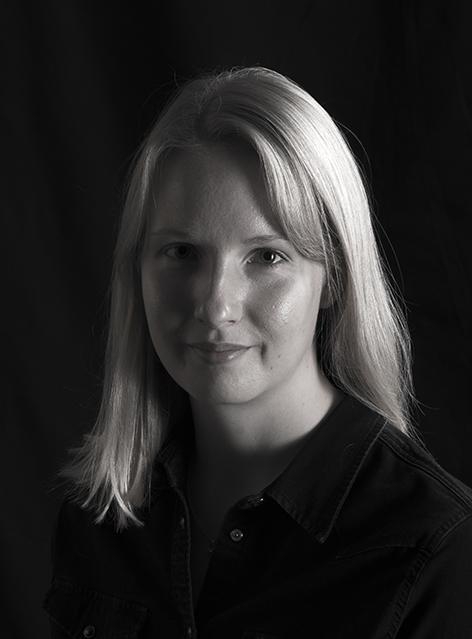Date
- 2021 Sep 13
- Expired!
Time
- 13:00
Location
Presenter

Sara Starrsjö
More Info
Licentiate seminar: Sara Starrsjö – On the Process Development of an ECF Light Bleaching Sequence for the Production of High Quality Softwood Kraft Pulp and Low AOX Formation
Mittuniversitetet
Supervisors: Professor Juha Fiskari, Mid Sweden University, Professor Mikael Lindström, KTH, Dr Olena Sevastyanova, KTH, Maria Boman, SCA, Licentiate Peter Sandström, SCA, Professor Per Engstrand, Mid Sweden University
Reviewers: Docent Stefan Backa, reviewer, Licentiate Åsa Norstedt, external reviewer
The defense will be held via Zoom. Register and find the link at miun.se
Abstract:
The aim of this work is to contribute to the process development of the ECF light bleaching sequence Q(OP)D(PO) by providing a better understanding of the bleaching of softwood kraft pulp. There are few published studies on this type of sequence, and more knowledge is needed on how to reduce environmental impact, improve cost-effectiveness and ensure a high pulp quality.
Firstly, this research showed that using a pH buffer to stabilize the pH at a near-neutral level during bleaching with chlorine dioxide can lower the formation of adsorbable organically bound halogens (AOX) without altering the bleaching efficiency. A near-neutral pH decreases the formation of strongly chlorinating species so that the AOX content in the bleaching effluents is reduced by up to 30%. The increased pH in the near-neutral pH D stage compared with the reference lowered the chlorine dioxide consumption, resulting in a higher kappa number and viscosity. A lower degradation of hexenuronic acid correlated well with a lower AOX content in the effluents, affirming earlier theories that hexenuronic acid has an important impact on AOX formation.
Secondly, this research aimed at studying bleachability in (OO)Q(OP)D(PO). The bleachability was defined as delignifying and brightness gain bleachability, which is suited to ECF light bleaching sequences. The delignifying and brightness gain bleachability were used to evaluate the stages in (OO)Q(OP)D(PO) in regard to the unbleached kappa number. When comparing different stages, it is possible to distinguish the bleaching efficiency in each stage. For this ECF light sequence, the bleachability depends on the purpose of the stage. It was found that in the stages that are mainly delignifying (OO and D), a higher unbleached kappa number is beneficial for the delignifying bleachability, although the brightness gain is not improved. However, in the stages that are mainly brightness increasing (OP and PO), the brightness gain bleachability is improved by a lower unbleached kappa number.
Thirdly, the bleaching of the pulp samples in this study with the ECF light sequence was most effective with a kappa number around 32 after cooking. Although an even higher kappa number resulted in a higher yield after cooking, it seemed that this bleaching sequence cannot preserve the yield gain. Kappa number 32 also gave the best results in regard to brightness ceiling and viscosity. On the other hand, kappa number 27 was the most favourable with regard to yellowing and chemical charge.

